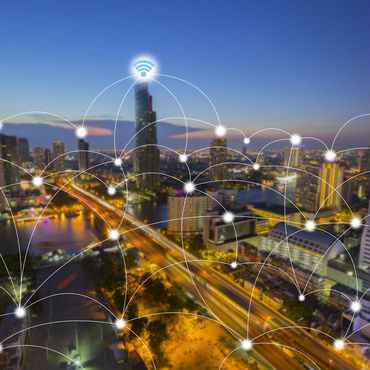DHS targets ID spoofing in tech solicitation

A DHS procurement program aimed at onboarding innovative companies is looking for solutions to ID spoofing problems.

The Department of Homeland Security's Science & Technology Directorate is again turning to its fast-track acquisition authority for ideas about how to identify sensors and ensure they aren’t being impersonated.
On May 3, DHS S&T announced it was seeking companies to prove out technologies that might thwart sensor spoofing in an effort to curtail problems arising from wearable trackers and other sensors being hacked or compromised. The program falls under the DHS "other transactions solicitation" authority that offers speedy decisions on relatively low-cost procurements.
The new five-year-long OTS joins five others, including a novel solicitation for K9 wearables, opened under the agency's Silicon Valley Innovation Program. Others cover cyber defense for financial services systems, drone capabilities, airport passenger processing and improving the Global Travel Assessments System. All five are set to close this spring or in early summer.
The agency's OTS for small drone tech received so many responses that it stopped accepting them two months early, bumping up the original July closing date to late April.
The small drone effort is focused on small unmanned aerial system technology for Customs and Border Protection and Border Patrol agents, who could use it for overall situational awareness and detection, tracking, interdiction and apprehension, as well as search and rescue operations, according to the agency.
The new anti-spoofing OTS is aimed at helping the agency identify and verify its technology in the field, possibly including some of the new tech being developed under the other OTS.
According to DHS, agency personnel deployed to incident scenes are tracked by wearable devices that check their vital data. Similarly, agency equipment that monitors specific geographical areas uses connected sensors to provide contextually relevant situational awareness and detection. The devices that provide all the data in those applications, it said, are supported by mobile platforms, such as unmanned aerial vehicles, communication hubs and network elements that provide network and data connectivity.
DHS said its component agencies have common requirements across their missions to make sure sensor platforms, wearable devices, small UAVs and other network-enabled devices can be identified and verified accurately and aren't being spoofed. The new call, it said, is looking for innovative identity assurance and anti-spoofing capabilities.


